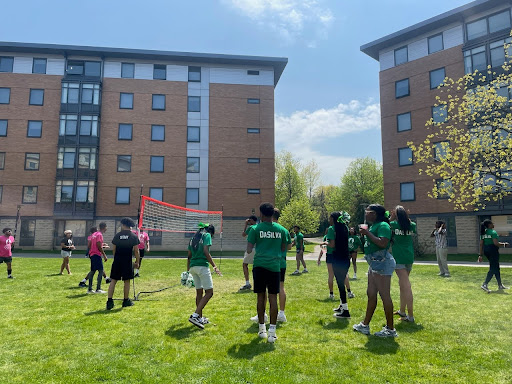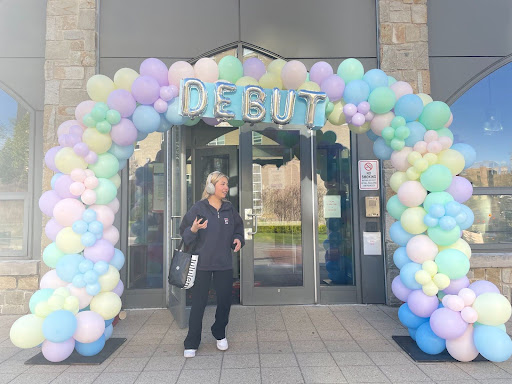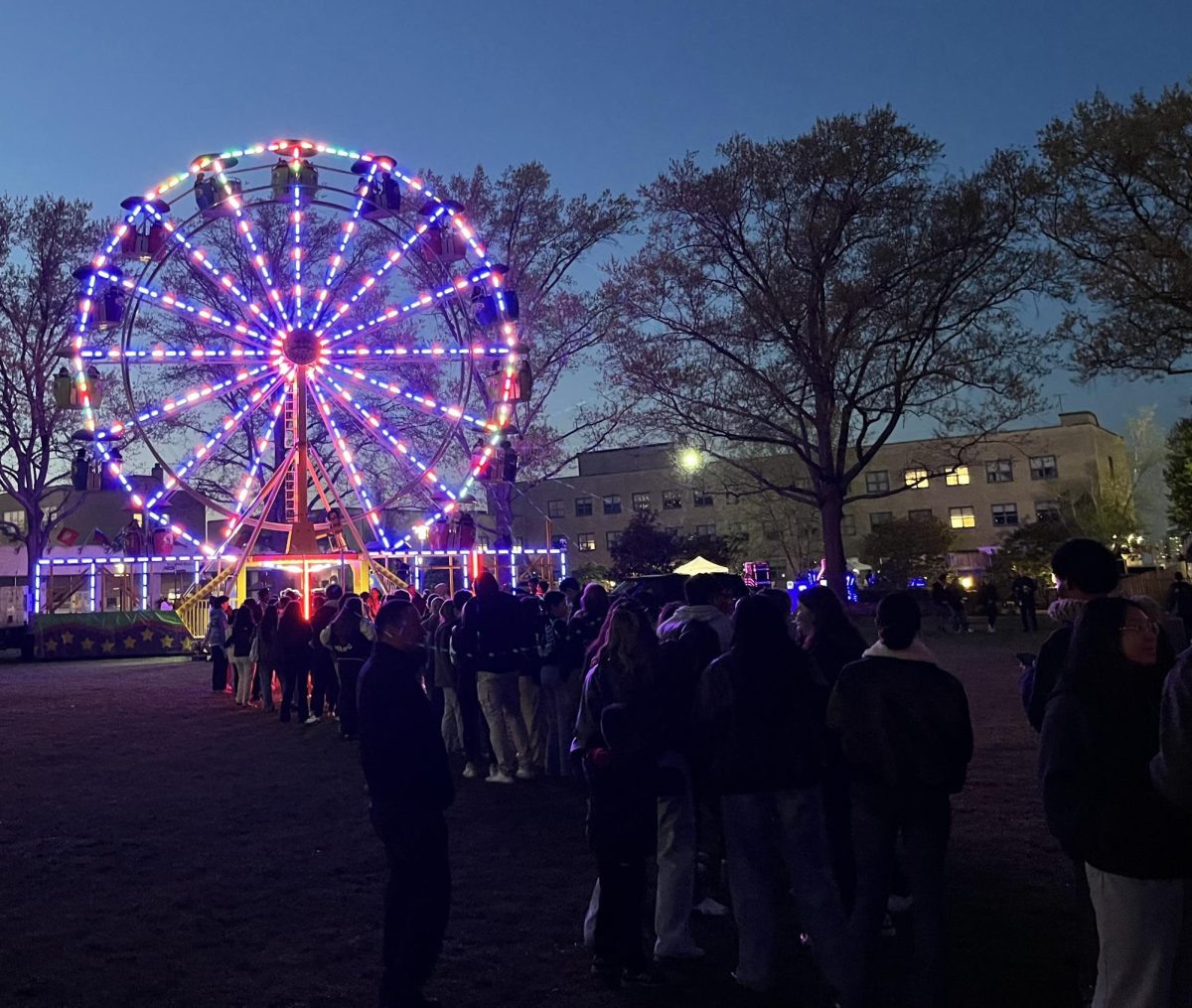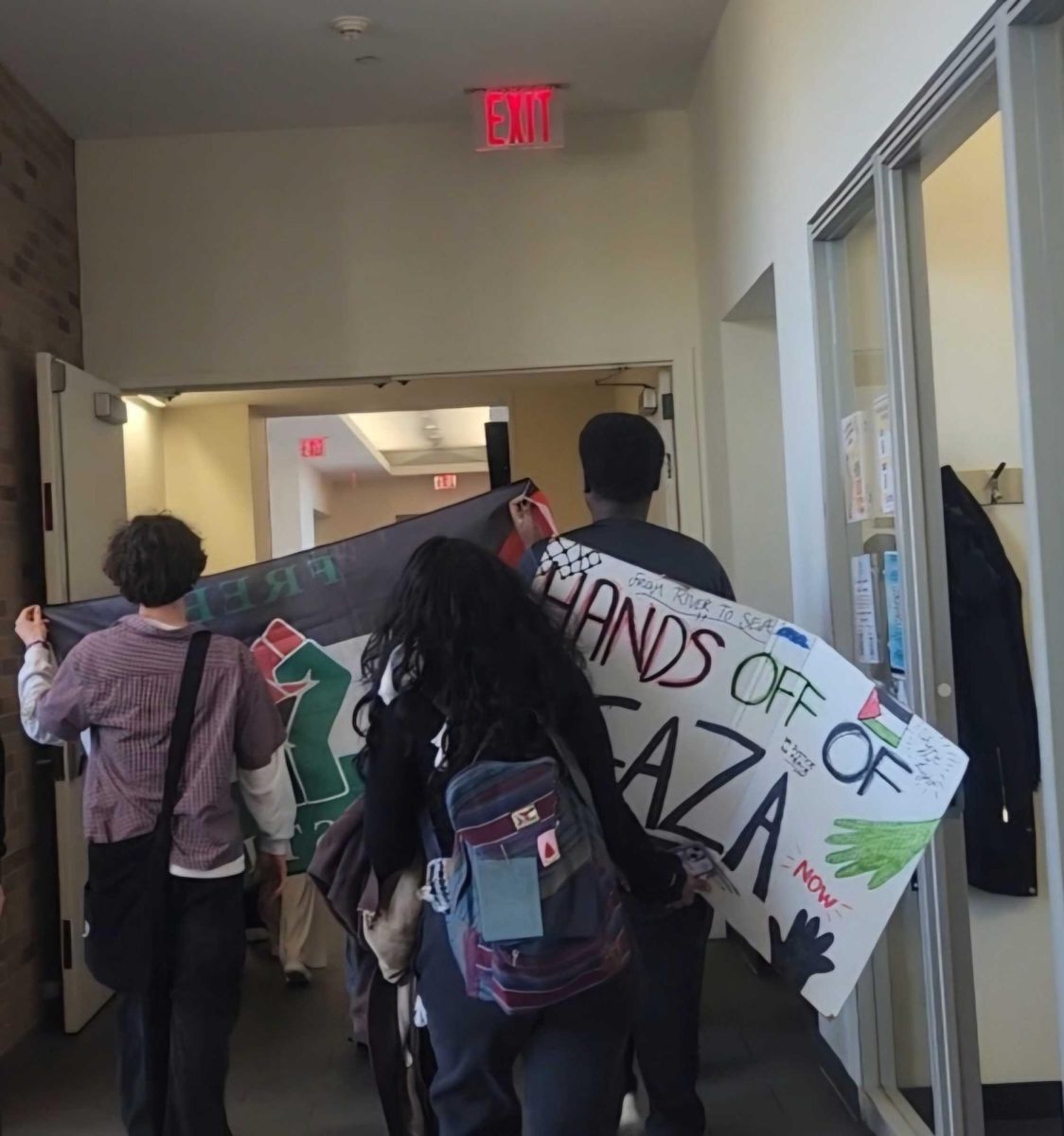Mountains of random possessions and trash cluttering the kitchen, hundreds of newspapers crowding the living room were some of the images depicted in photographs shown at the “Stuff: Hoarding and the Meaning of Things” event in the Little Theatre last Thursday.
Dr. Gail Steketee, the dean of Social Work at Boston University, hosted the event. She has done extensive research on compulsive hoarding.
According to Steketee, hoarding is a “psychological disorder characterized by the accumulation of a large number of possessions that clutter the active living areas.”
Steketee said the problem arises because people with the disorder have difficulty throwing away items and feel a need instead to save them.
Additionally, she said most people buy more objects and their possessions turn into clutter that blocks their living space and isolates them.
Graduate student Monique Harding feels that spreading the news about the disorder is a good way to start limiting it.
“When you raise awareness about something you’re able to be more proactive about it,” she said.
Dr. Steketee believes lecturing students about hoarding is good because although hoarding “typically begins around age 14, treatment doesn’t start until about age 50.
“It ought to be easier to get rid of this problem when you’re in your twenties” said Steketee.
About 5% of people in the Unites States are hoarders or have characteristics of hoarding, according to Dr. Steketee’s research.
“A lot of us do it, and we don’t realize that we or someone we know does it,” said graduate student Gabrielle Crichlow. “The more information we know, the more we can do.”
Steketee’s research results stated the reasons for hoarding are various, ranging from emotional, beliefs or even biological. Common traits are that those affected have low marriage rates and high divorce rates, tend to live alone, are mostly men and have hoarding disorder runs in their families.
To hoarders, their possessions may represent experiences, engage feelings, or still be of use. Sometimes they harbor intense feelings towards “owning things.”
Other studies suggest that hoarding could be a natural instinctual reaction, like how some animals gather food, Steketee said.
Family and friends worry but usually make the mistake of trying to forcefully stop the disorder.
“Touching or moving a hoarder’s possessions could actually anger them because they feel violated,” Steketee said. “The good news is hoarding is treatable, the best treatment is a psychological therapy called Cognitive Behavioral Therapy.”
According to Steketee, CBT is more successful than medication because it attempts to teach hoarders how to stop symptoms like acquiring and collecting and it teaches them how to organize and what to discard.

















